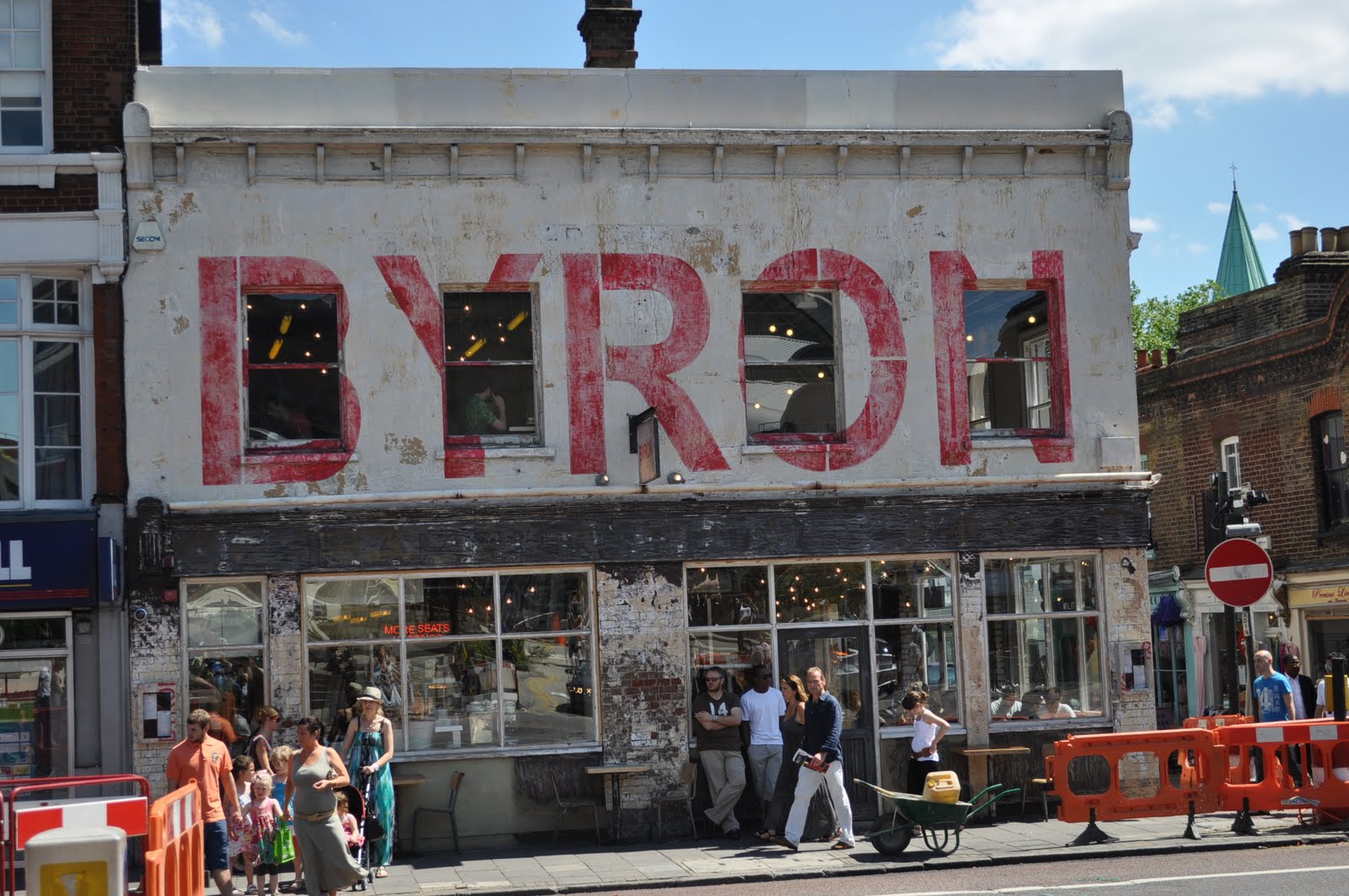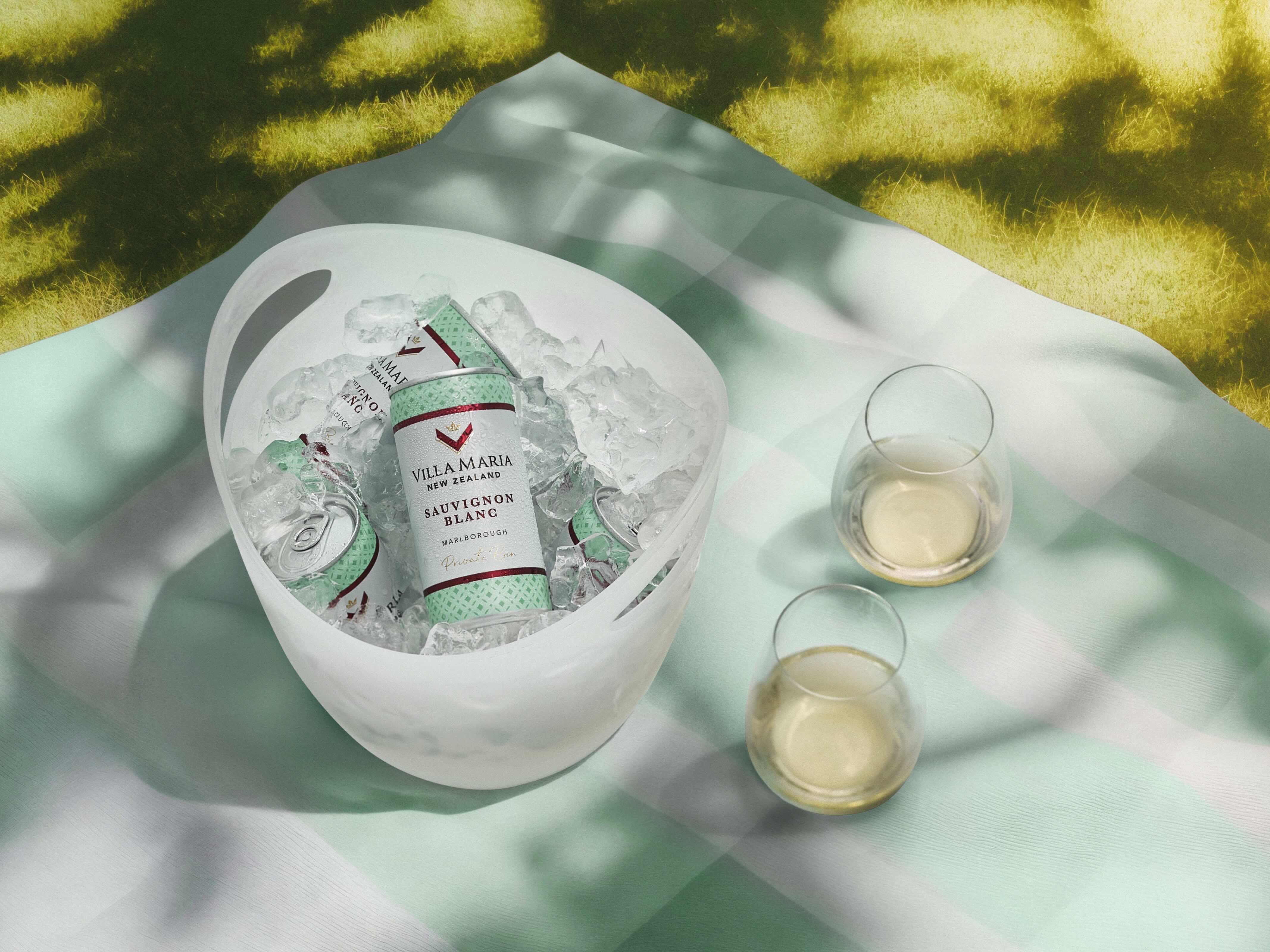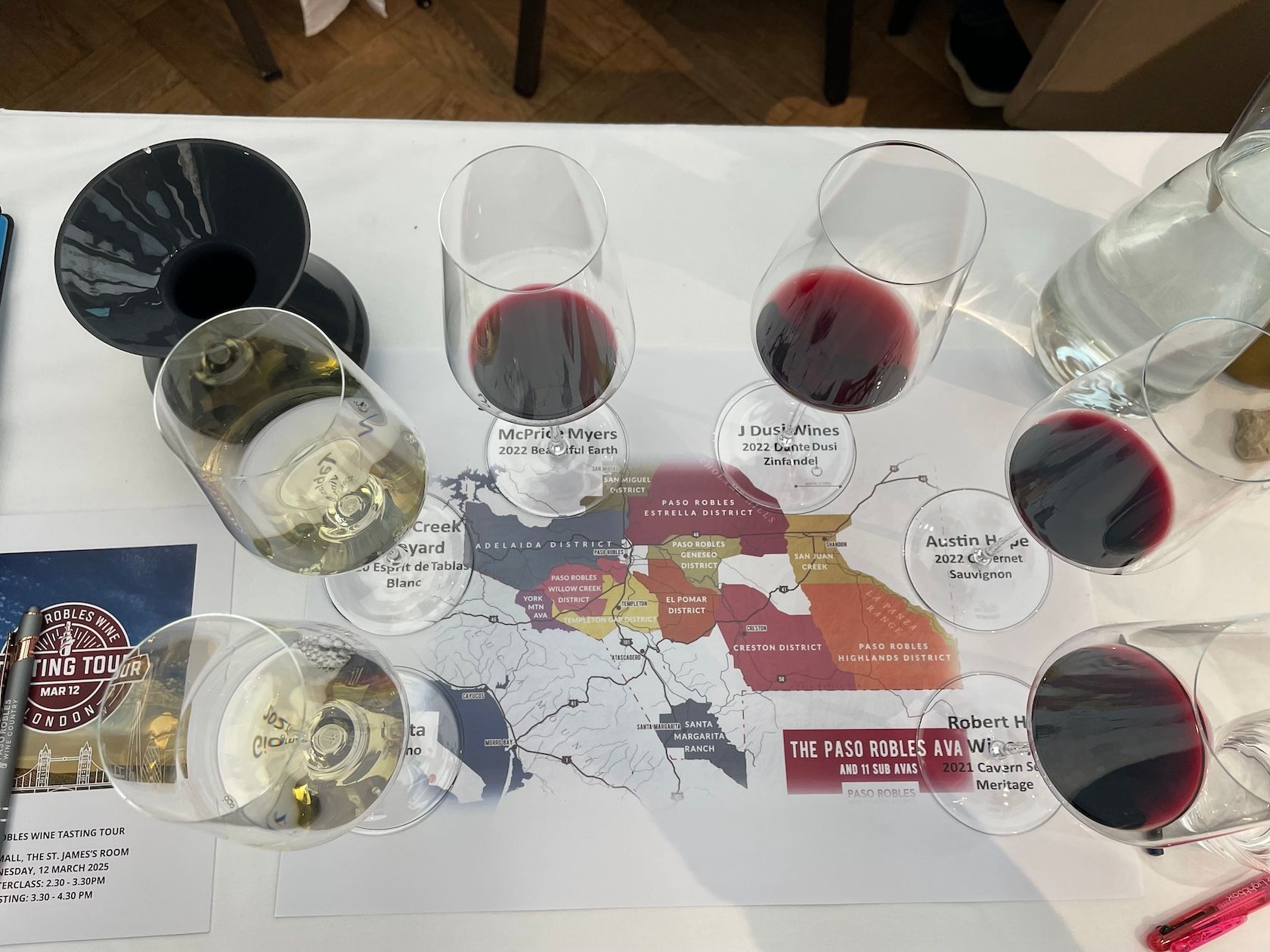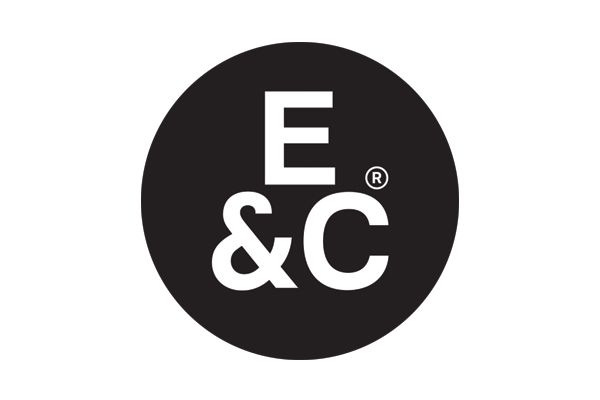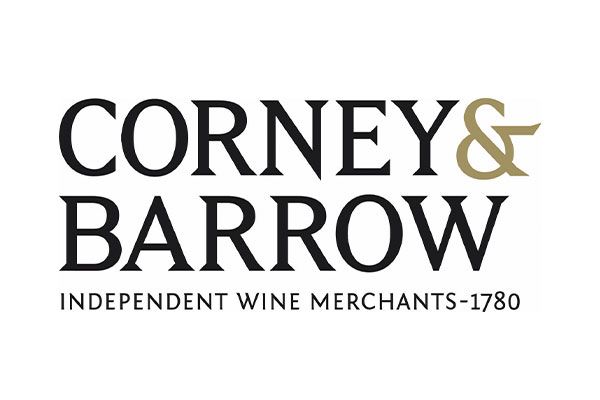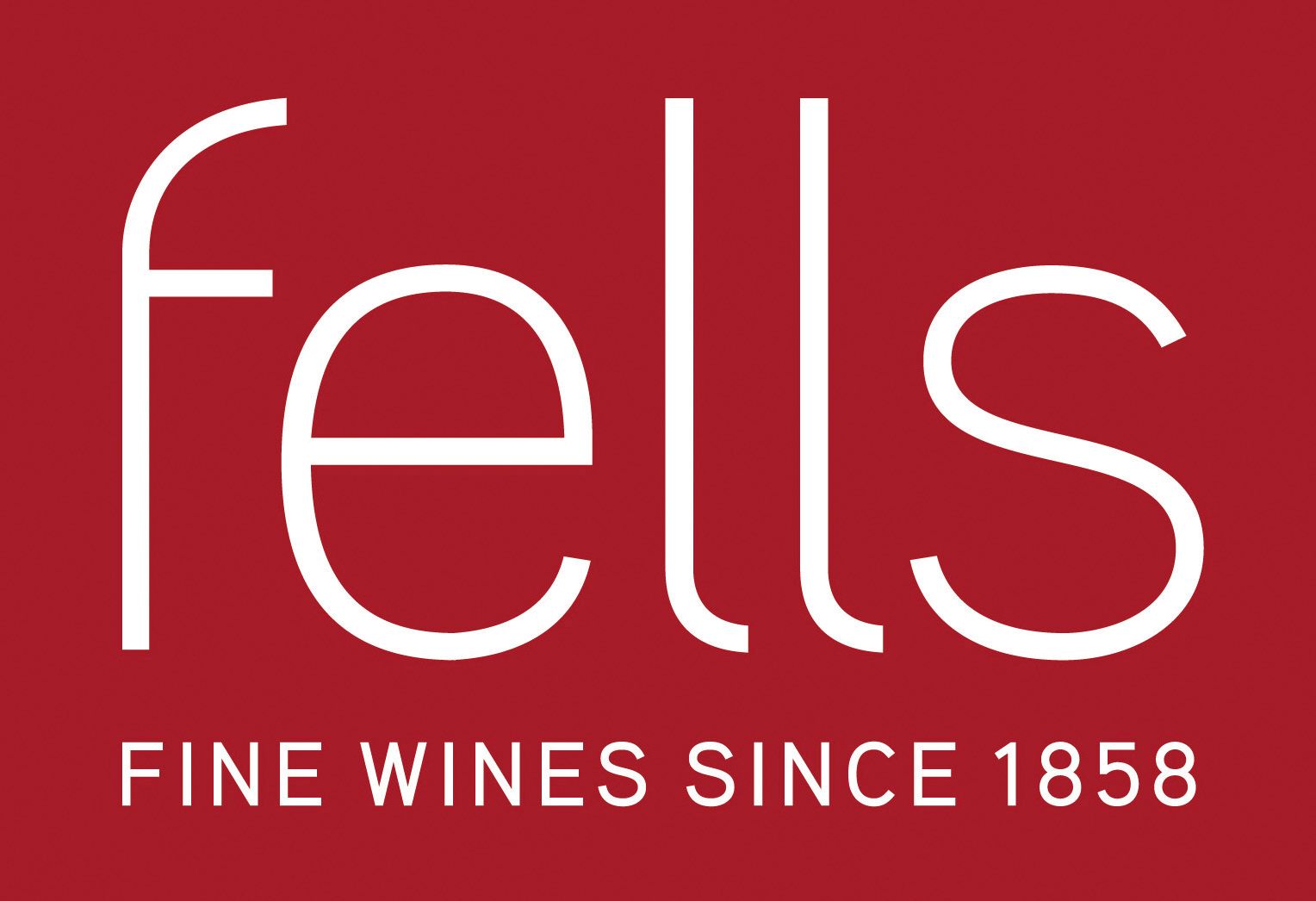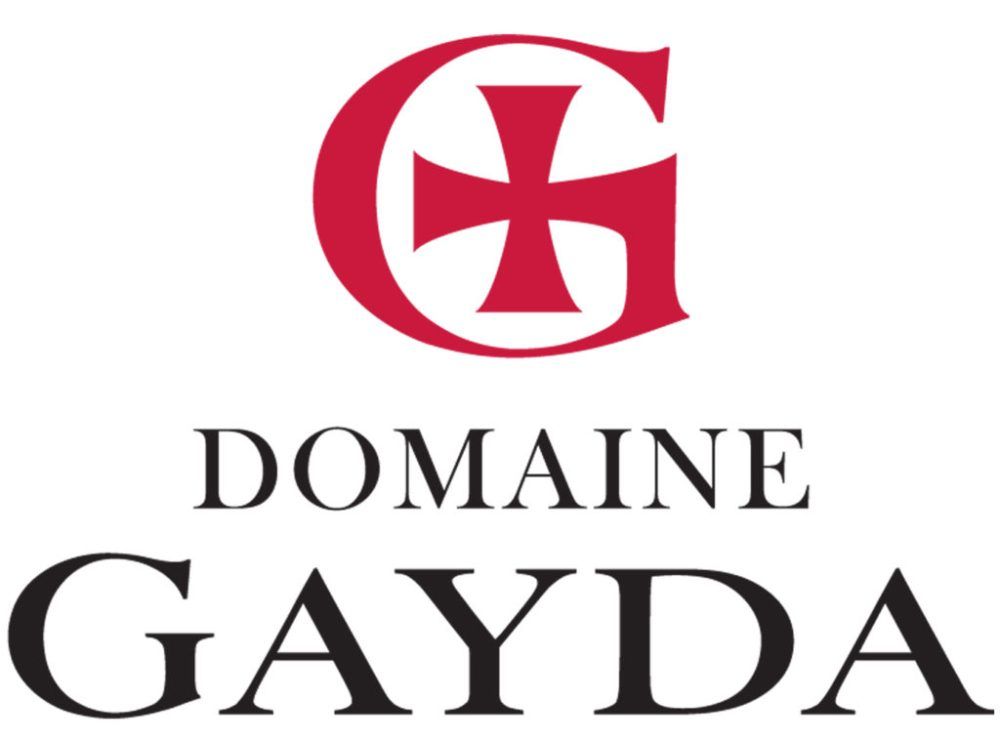There are going to be an increasing numbers of losers than winners in the casual and managed restaurant and pub sector unless operators can get more regular customers to put down the TV remote and venture out to eat and drink, says CGA Peach.
On the face of it everything appears fine and dandy in the branded, managed restaurant, bar and pub sector. They are all collectively taking more share of food and drink from supermarkets and the rest of the retail high street as consumers are drawn to discovering and enjoying new branded on-trade experiences.
But, for some, their moment in the sun is going to be increasingly cut short as there are simply not enough customers to go around all the food-led licensed premises that are opening up right across the country. That is one of the stark, if understated conclusions, that can be drawn from CGA Peach latest research, Looking for Tomorrow’s Growth, produced in association with Barclaycard.
For as it points out there might have been a 20% increase in the number of restaurant openings in the last five years, that has to be seen in light of Office for National Statistics figures that show that has been a 6% real-term increase in spending over that time high.
Which means CGA believes we will see more “brand to brand” combat over the coming year between what are arguably too many managed restaurant and pub operators.
Reasons to be cheerful?
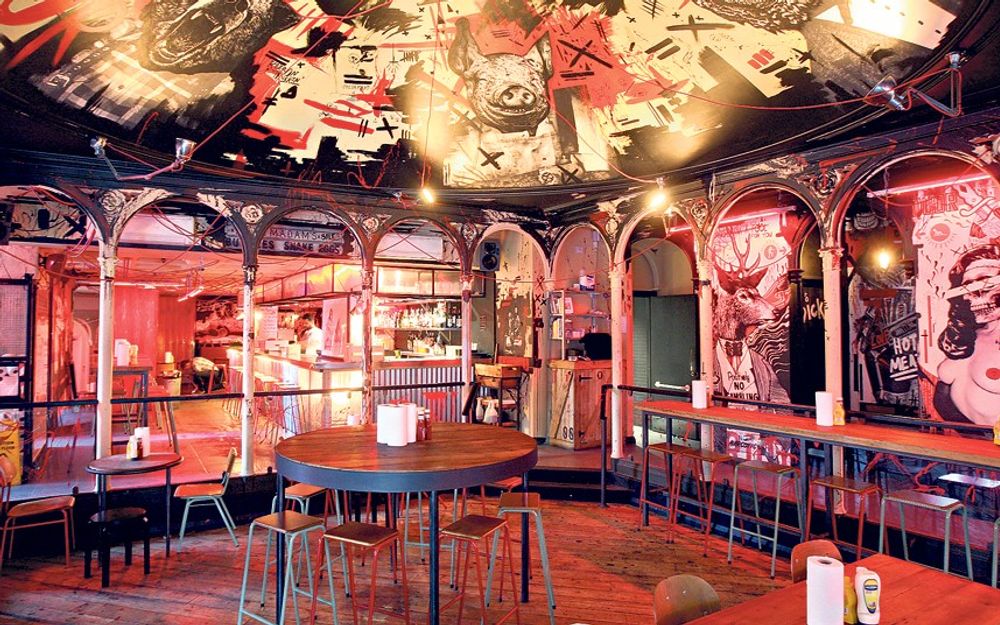
Chains like Meat Liquor have succeeded in attracting queues rather than empty seats
That said the top line figures for eating and dining out are all very encouraging. Barclaycard puts it down to what it calls the “experience economy” – which includes restaurants and pubs – that has outpaced food and drink spending, primarily at supermarkets expense, in every month during the last two years. Average monthly spending growth has been around 10% for pubs and 14% for restaurants, but only 1% for supermarkets.
Consumer spending data from the Office for National Statistics shows spending on ‘restaurants and cafes’ rose by 4.1% year on year in the 12 months to June, or by 1.6% in real terms. This equates to cash terms and real terms growth of around 5% and 1% respectively in the on-trade over the last five years. This compares to a 0.8% drop in spending on food overall, where volume growth has been less than 3% over five years. Or as CGA puts it: “The overall picture is clear: people are spending more and more money on eating out, often at the expense of spending on food at home.”
This is backed up by the latest figures from Visa which show that there was a 7.3% jump in spending in hotels, restaurants and bars in the final three months of 2016, and that overall consumer spending was its strongest growth in two years.
There could be trouble ahead
But what people are spending today, is not a sign that they will have the same amount to spend next month or later this year. Economists point to what they see as a post EU-referendum boom in certain parts of the country, as consumers have taken to the streets and restaurants to either celebrate the idea of leaving the EU. Or are drowning their sorrows.
That is all well and good, but there are concerns that personal debt levels are back on the rise, which makes large parts of the population vulnerable to what some economists fear is an inevitable interest rate rise some time in the near future. As a Bloomberg report points out today people’s personal debt levels have been on the increase for the last four quarters and now sit at a 143% higher than their disposable income, which might be down from their peak of 160% in 2008, but leaves many dangerously exposed.
This tipping point is starting to be seen in the restaurant sector. For whilst the Coffer Peach Tracker says there was 9% growth in restaurant sales around the country in the year to August 2016, they have only gone up by 1% in London. But there lies the problem. Such has been the growth in new openings in London over the last five years it is now in danger of over capacity.
Average offer
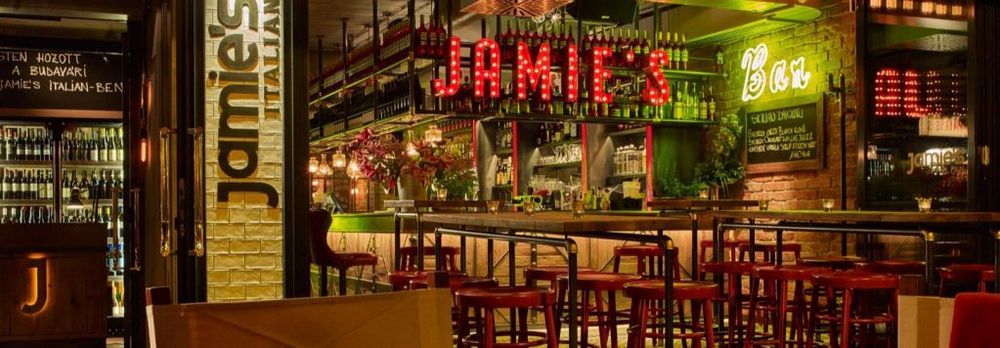
Jamie’s Italian is just one of a number of high profile chains that have to announce closures
What’s equally worrying is consumers are not being blown away by the branded on-trade offer they are getting. According to CGA only 28% say they are “extremely likely” to return to one of the branded chains they have visited, whilst 30% said they were very satisfied against scores of 18% for being undecided or actively dissatisfied.
As a result CGA says: “The branded market has not been driving up standards in the eyes of their customers, and that is compromising brand advocacy. It leaves many customers of individual outlets vulnerable to defection to other brands, particularly in an era of high levels of new openings.”
Which in itself encourages more chains to open more outlets, to help drive growth, even when the chance of success is highly questionable. Jamie Oliver’s recent closure of a number of his Jamie Italian restaurants is a case in point. Brexit or no Brexit.
Reasons for concern
CGA Peach also points out that whilst 91% of consumers are now what it calls “participating” in eating out, that does not mean they are doing so on a collectively regular basis. Instead the market is dominated by occasional diners with almost six in 10 only eating out once a month or less. One in five eat out even less frequently.
It means the on-trade is over reliant on the 40% of consumers who are dining out at least once a week. If the on-trade is to grow as a whole then it needs to better at encouraging the long tail of consumers who are only dipping in an out of the sector, it stresses.
We saw yesterday on The Buyer how it is the younger age groups that are driving much of the dining out scene at the moment with 57% of 18 to 34 year-olds who are the most regular diners.
On-trade venues: winners and losers
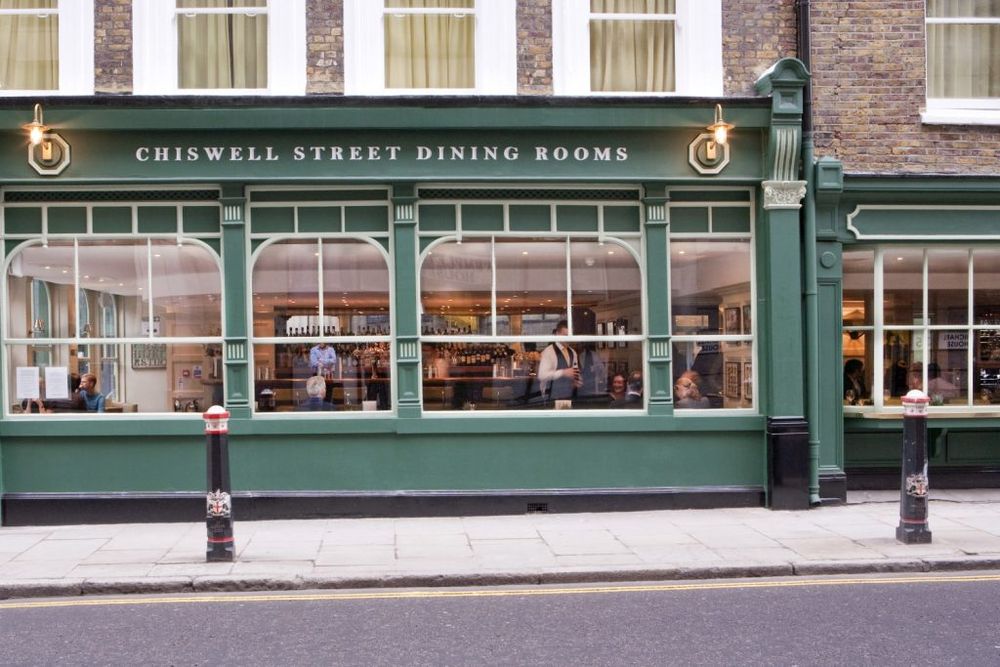
The ETM Group has shown the way forward with its food-driven pubs like Chiswell Street Dining Rooms
It is clear the combination of a strong food and drink offer is the only way forward for licensed premises looking to attract even their fair share of customers. You only need to look at the figures for traditional drinking only pubs to see they have declined by 10.6% over the last five years, which equates to 2,000 a year or five a day.
Conversely pubs that have put the focus on food are seeing sales up 6%, and 9% in managed branded food pub groups over the last year, according to CGA’s Market Growth Monitor with AlixPartners. It also shows that:
- Managed restaurant groups are up 5.6% in the last year.
- Food-led licensed premises – including pubs and restaurants – have increased by 1,000 a year over the last five years, or three a day.
- This is nationwide will all of the UK’s major cities seeing on average 16% growth in food-led licensed premises over the last five years.
- But managed chains are relying on new openings to drive growth rather than build existing sales.
Getting it right
If chains are to get it right then have to get two factors right, claims CGA Peach: the quality of food and drink offer; and how consistent and reliable a restaurant or pub is at delivering it. Which might appear an obvious target for an on-trade group to try and achieve, but is hard to do in practice.
When asked what drives them to go back to a particular outlet the results showed that:
- 31 food quality
- 30% previous visits have been good
- 23% service
- 22% a chain I can trust
- 20% choice of food
- 19% quality of experience
- 18% quality of drinks available.
- You can download the full CGA Peach report here.
- Catch up on our analysis of the millennial opportunity here.
- What do you think? Share your thoughts on this research at editorial@the-buyer.net.
